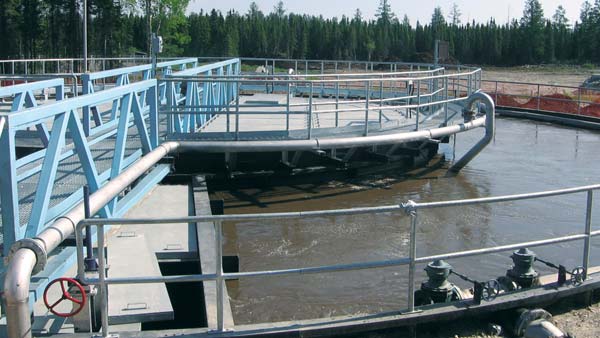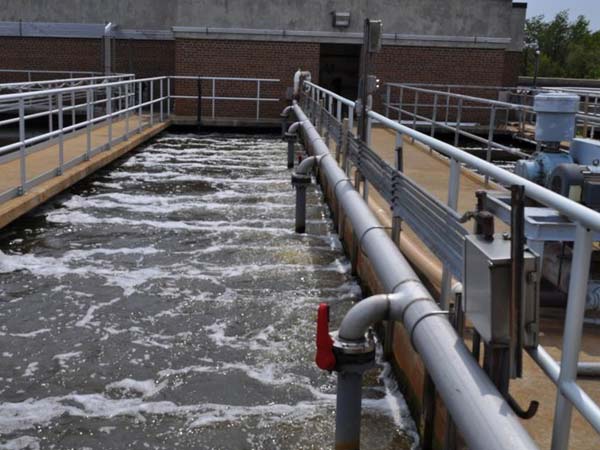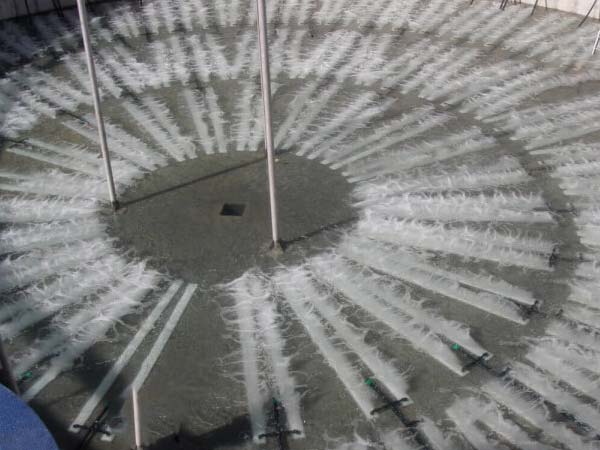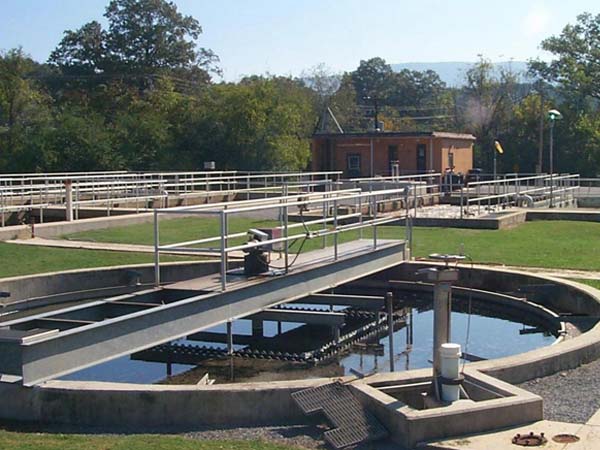Aeration Control System
AERATION CONTROL IN WASTEWATER TREATMENT PLANTS
The transferring of dissolved oxygen (DO) from a gas phase to liquid phase is an energy intensive process in the wastewater treatment plant (WWTP), as well as a crucial for the aeration biological process to operate satisfactorily.
Blowers are the largest single user of energy at treatment plants representing up to 70% of the facility’s energy consumption. As a result, appropriate aeration control through the use of a centralized blower and instrumentation control panel, commonly referred to as a Master Control Panel (MCP), has been the common focus to ensure the most efficient and effective control strategies are applied.
Aeration Control:
Aeration is important for providing sufficient DO for aerobic organisms performing BOD removal and nitrification in activated sludge plants, as well as keeping the biomass in suspension. The nitrification capacity can be varied in relation to DO control in two ways: by adjusting the aeration intensity or by adjusting the aerated volume. Apart from DO concentration, several other factors have been reported to affect nitrification rates including inorganic substrates, solids retention time (SRT), temperature, pH and toxic inhibition. Other control handles which also will affect the nitrogen removal, and hence might have an impact on the DO control loops, are return and waste activated sludge flows and nitrate recycle or external carbon dosage for plants with denitrification.


Important Elements in Dissolved Oxygen Control:
Air supply system
The blowers are the first stage in a diffused air system. Adequate blower system design is required for efficient control of the DO concentration. During the design process it is important to consider that the air flow demand varies over the day, week and year as well as along the aeration tank. The flexibility of a blower system is crucial for the performance of the aeration system since plants need to handle a large variation in load.
Historically, inlet vanes or outlet dampers have been used to meet a varying demand but not in an energy efficient manner. Today, High speed Turbo blowers supplied with variable frequency drives (VFD) allow turndown of the aeration capacity. Apart from blower capacity control, blower control also includes start–stop procedures for multiple blowers as well as safety procedures during start-stop and surge control which prevents instability at low flows by maintaining a minimum flow.
Control Structures


Advantages of an Automated Aeration System
Automating an aeration system is considered an indispensable upgrade when improvements to any Wastewater Treatment Plant’s aeration system are being considered. One of the primary benefits is the optimization of efficiency and extended life of the High Speed Turbo Blower which the immediate and long term costs of a waste water treatment plant.
An automated aeration system consists of a Master Control Panel (MCP) that constantly monitors and controls High Speed Turbo Blowers operation and DO level and air flow in each aeration zone. This is done through the use of flow meters, DO probes and modulating flow control valves in each aeration zone. The MCP will be controlling the High Speed Turbo Blowers’ operation to deliver the required flow according to precisely calculated air flow requirements. This optimizes the High Speed Turbo Blowers’ performance and control thereby delivering DO requirements and significantly reducing power consumption and costs since there will be no needless air produced.
Model Predictive Control
To further reduce the energy consumption associated with the wastewater secondary treatment, APG-Neuros has the ability to design and implement model predictive control for the activated sludge aeration and solid retention time (SRT).
Using a state of the art and affordable machine learning (ML) software, we actively determine the dissolved oxygen target in each aerated zone in order to meet the discharge permit requirements with minimal air supply from the blowers and with reduced operator involvement. In addition, the software optimizes the SRT and the sludge quality, thereby increasing the plant capacity.
The control system is equipped with a single user interface that ensures harmonization between the aeration valves and the blowers, and minimizes installation costs thanks to its integrated design.
